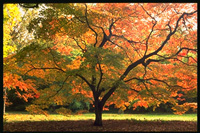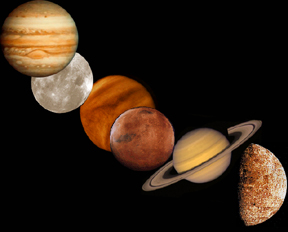Artist's conception of the Mars Surveyor 2001
Click on image for full size
Image courtesy of JPL/NASA
Field trip to Mars?
News story originally written on March 26, 1999
The
Planetary Society is sponsoring
a project called
A 2001 Mars Odyssey: The Student NanoExperiment
Challenge. It is a contest to give students from across the world a
chance to send a science experiment to
Mars.
The experiment will fly aboard the Mars Surveyor 2001 spacecraft, which is
scheduled to launch on April 10, 2001.
The contest is only open to pre-college students who are 18 years old or
younger as of March 1, 1999. The experiment must be small enough to fit
in a one centimeter high by one centimeter diameter cylinder. It also
has to weigh less than three grams. The results of the experiment must
be able to be seen by the lander's camera.
You might also be interested in:

It was another exciting and frustrating year for the space science program. It seemed that every step forward led to one backwards. Either way, NASA led the way to a great century of discovery. Unfortunately,
...more
The Space Shuttle Discovery lifted off from Kennedy Space Center on October 29th at 2:19 p.m. EST. The weather was great as Discovery took 8 1/2 minutes to reach orbit. This was the United States' 123rd
...more
A moon was discovered orbiting the asteroid, Eugenia. This is only the second time in history that a satellite has been seen circling an asteroid. A special mirror allowed scientists to find the moon
...more
Will Russia ever put the service module for the International Space Station in space? NASA officials want an answer from the Russian government. The necessary service module is currently waiting to be
...more
A coronal mass ejection (CME) happened on the Sun early last month. The material that was thrown out from this explosion passed the ACE spacecraft. The SWICS instrument on ACE has produced a new and very
...more
J.S. Maini of the Canadian Forest Service called forests the "heart and lungs of the world." This is because forests filter air and water pollution, absorb carbon dioxide, release oxygen, and maintain
...more
In late April through mid-May 2002, all five naked-eye planets are visible at the same time in the night sky! This is includes Mercury which is generally very hard to see. You won't want to miss this!
...more









